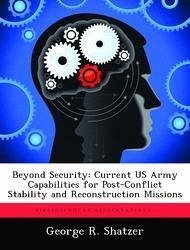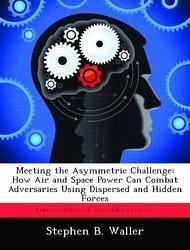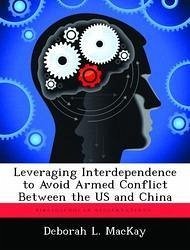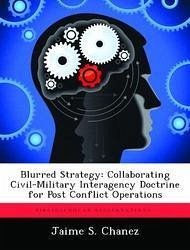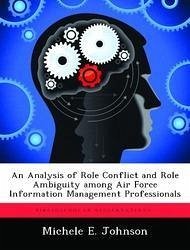
Come off Dry: A Case against US Kinetic Air Strike Operations in Modern-Day Asymmetric Conflict
Versandkostenfrei!
Versandfertig in über 4 Wochen
53,99 €
inkl. MwSt.

PAYBACK Punkte
27 °P sammeln!
US air strikes during modern-day asymmetric conflict hinder US efforts to achieve its desired end states. This research report will support this statement by answering the question: can US airpower do more by doing less kinetically in modern-day asymmetric conflict to help America achieve victory? It will do this by first analyzing asymmetric threats so the reader may better understand the enemy US airpower is helping to combat. Next, the paper discusses US approaches to dealing with asymmetric threats so the utility of US airpower use may be understood in modern-day asymmetric conflict. Next,...
US air strikes during modern-day asymmetric conflict hinder US efforts to achieve its desired end states. This research report will support this statement by answering the question: can US airpower do more by doing less kinetically in modern-day asymmetric conflict to help America achieve victory? It will do this by first analyzing asymmetric threats so the reader may better understand the enemy US airpower is helping to combat. Next, the paper discusses US approaches to dealing with asymmetric threats so the utility of US airpower use may be understood in modern-day asymmetric conflict. Next, the asymmetric battlefield is described from the airman's perspective, so the reader will understand the environment US and enemy forces operate in. Finally, an analysis of the limitations of airpower in asymmetric warfare is provided. From these discussions this paper makes the following four recommendations: (1). The US must accurately identify conflict as asymmetric, (2). The US military must improve its intelligence support, especially HUMINT, for all air operations: not just kinetic air strikes: against asymmetric threats, (3). The US military must balance its focus between traditional conventional warfare and asymmetric warfare, (4). The US military must educate its personnel at all levels about considerations for employing airpower in asymmetric warfare. These recommendations are aimed not just at the wielders of airpower, but those that influence its use as well. The recommendations are aimed at keeping US airpower relevant to national security during present and future asymmetric warfare.






